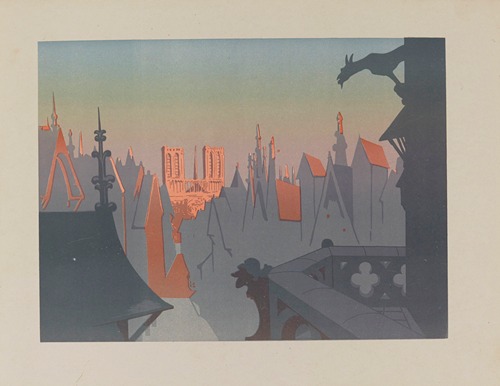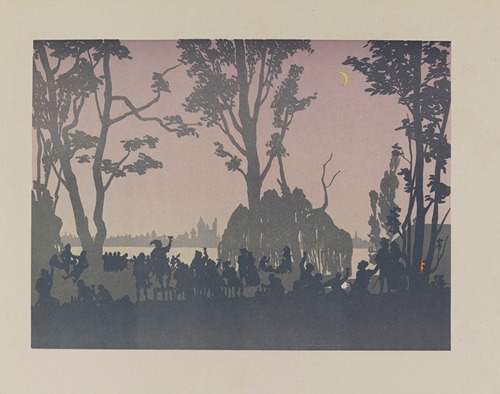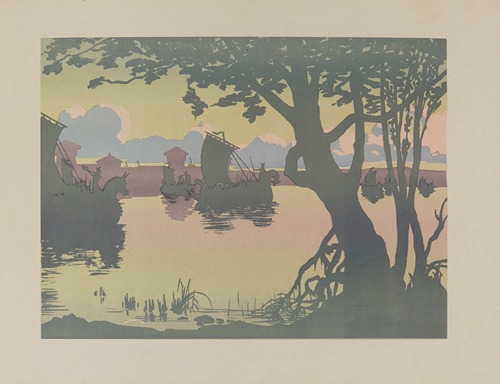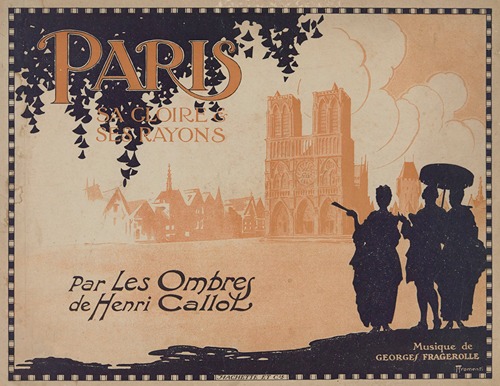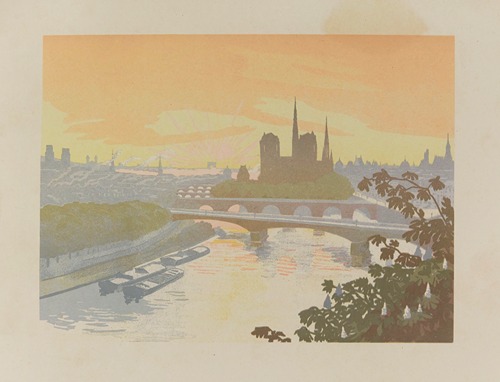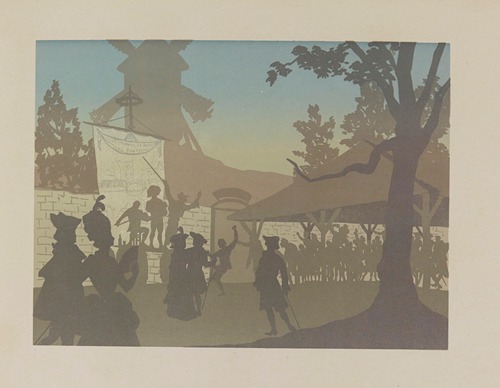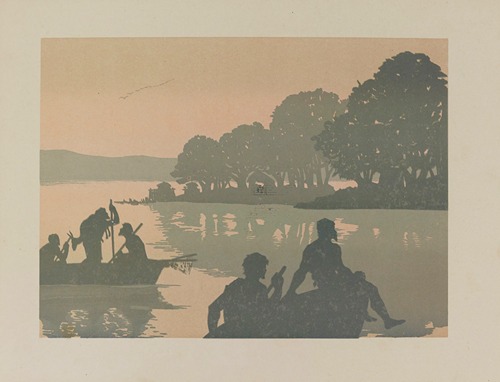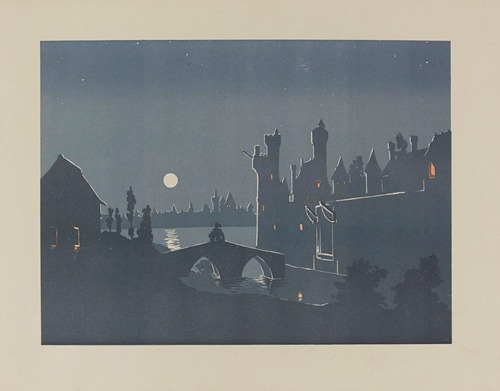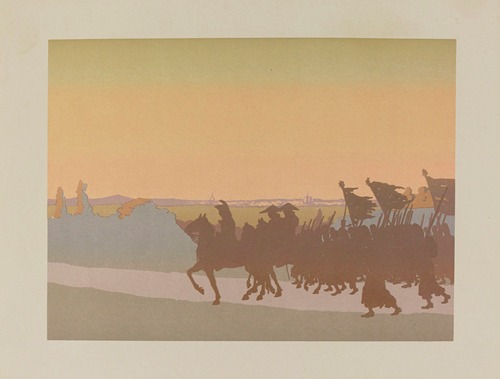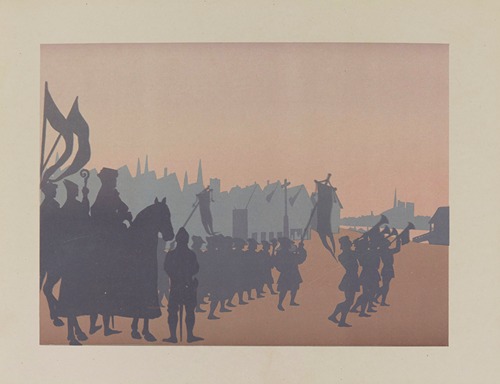
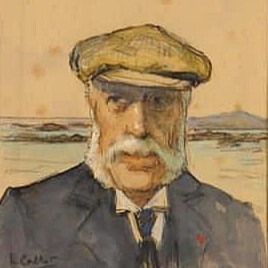
Eugène Henri Callot was a French painter and fencer.
A member of an old La Rochelle family, Henri Callot was the son of Ernest Callot (1840-1912), director of an insurance company and founding member of the International Olympic Committee. He was also the great-grandson of Pierre Simon Callot, mayor of La Rochelle between 1830 and 1834, and grandson of Eugène Dor, mayor between 1879 and 1883. His older brother Maurice (1873-1910), a naval lieutenant and commander of the submarine Pluviôse, died tragically at sea off the coast of Calais during a diving exercise. His younger brother Tony (1880-1925), a civil mining engineer, was director of the Société Maritime Nationale. He married Joséphine Vincent in 1934.
In 1896, he traveled to Athens aboard the liner Sénégal to compete in the foil fencing events at the first Olympic Games of the modern era. He won the silver medal, beaten by his compatriot Eugène-Henri Gravelotte, after emerging undefeated from his group against the Greek fencers.
A student of Jules Lefebvre and Robert-Fleury, he exhibited at the Salon des Artistes Français, of which he was a member from 1898, and won a gold medal in 1920, the year he was awarded a special prize. In 1929, he exhibited the paintings La vague and Port Joinville, les voiles, which attracted considerable attention. His paintings mainly depict landscapes of Brittany, ports, rivers, fishing boats, and more.
A Knight of the Legion of Honor and recipient of the Croix de Guerre 1914-1918, he died in Paris in 1956. He lived on Rue de Lévis in the 17th arrondissement.
